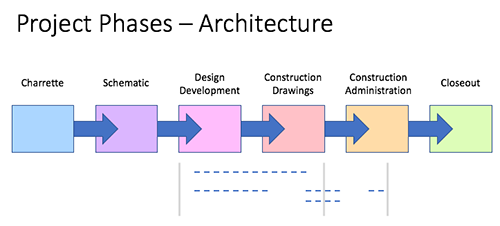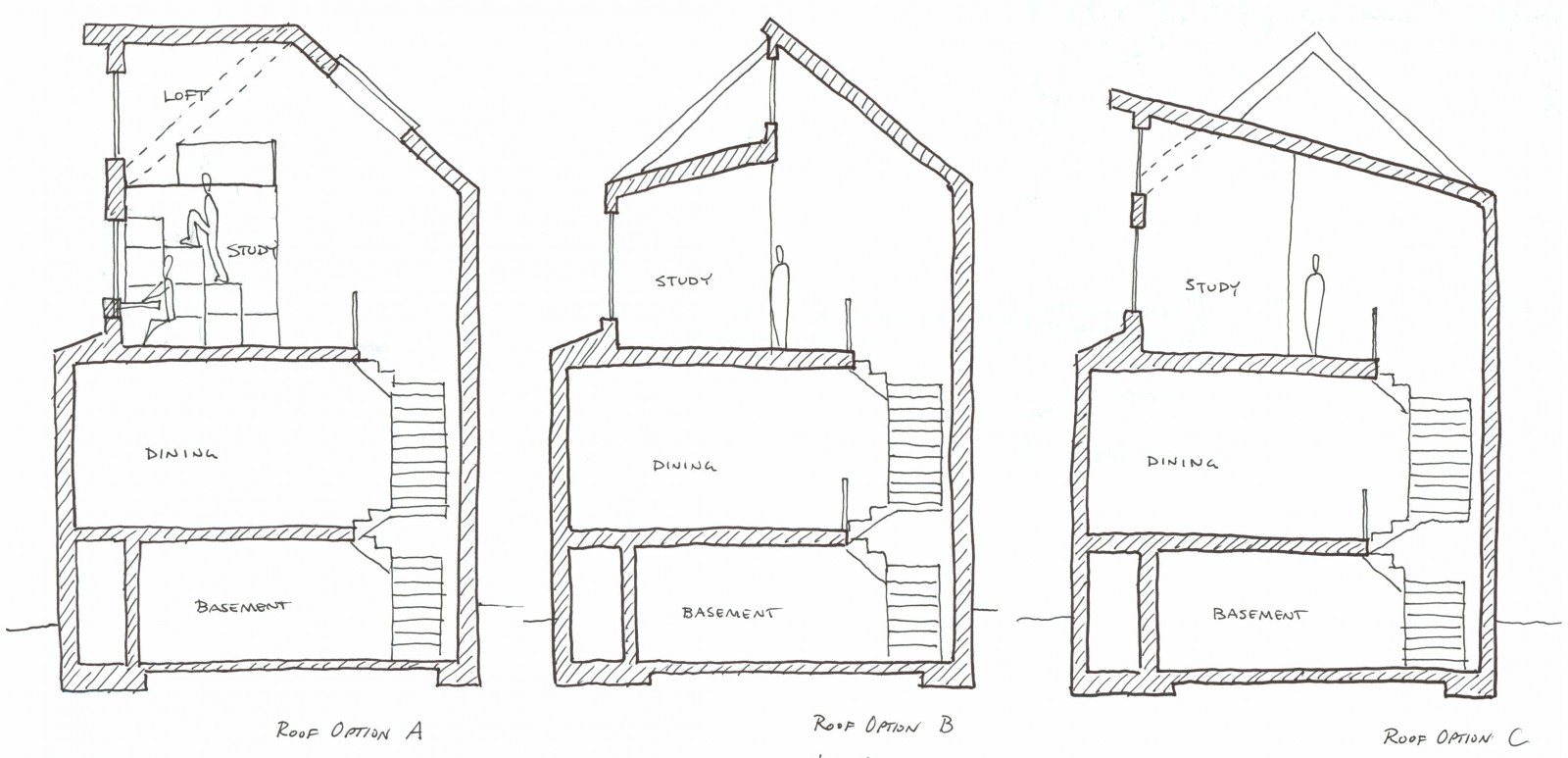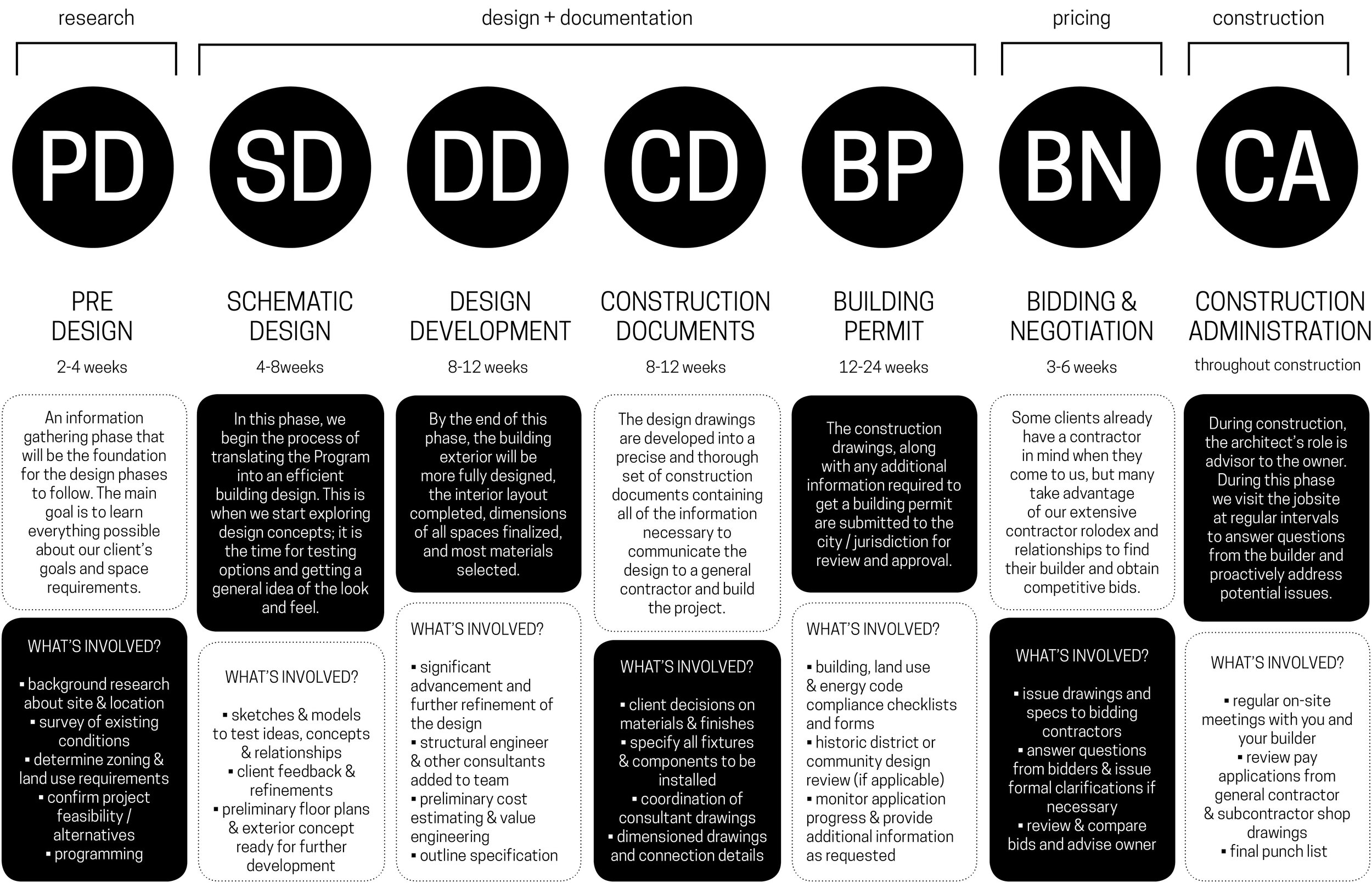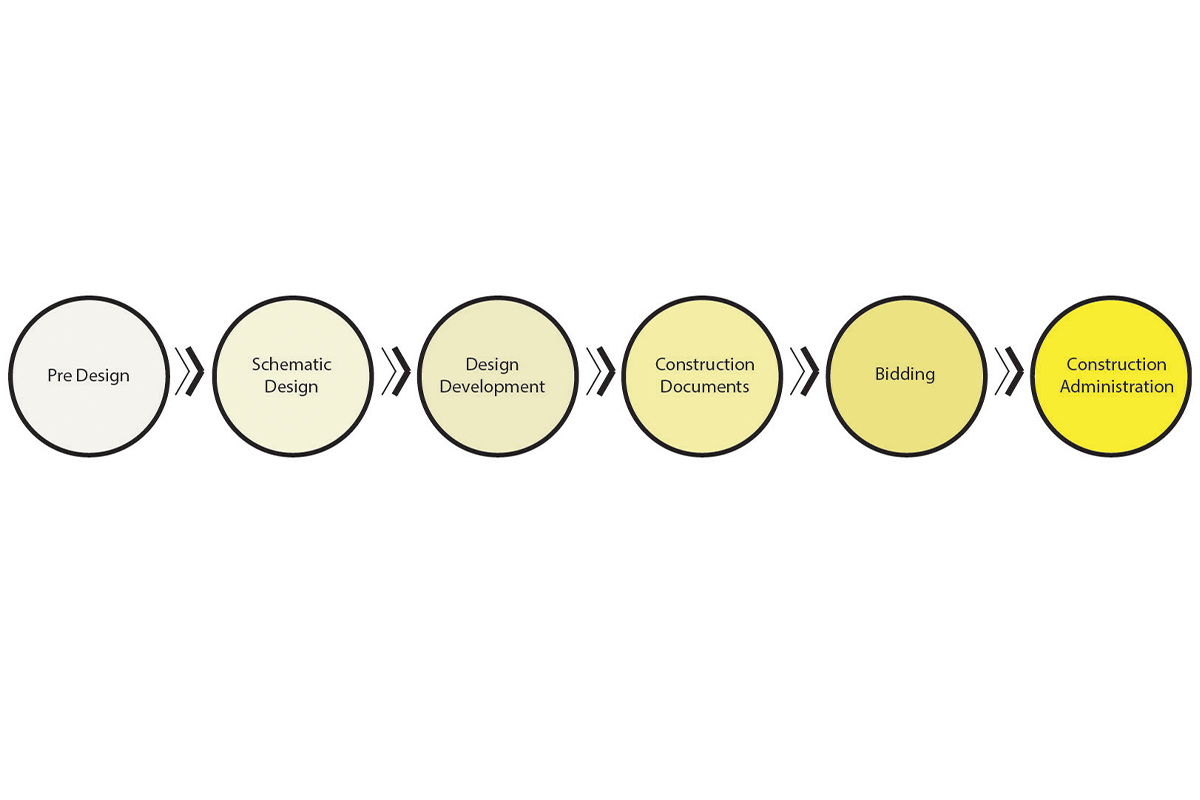Last update images today Architecture Phases Design Development
 Djokovic Yet To Decide On Wimbledon Participation
Djokovic Yet To Decide On Wimbledon Participation
Playing Tests as a national women's team is "like studying for an exam at the last minute, trying to cram in all the knowledge," according to South African women's captain Laura Wolvaardt, who has two caps to her name and a third to come this week.
South Africa play India in Chennai in what will be their third Test in the last two years, and India's fourth in the last three years. Though excited by the possibility of being involved in the longest format, Wolvaardt recognises the potential pitfalls of playing in what are essentially exhibition games with no domestic counterpart.
"It is a massive challenge not having any domestic red-ball experience to go straight into an international Test match," she told ESPNcricinfo's Powerplay podcast. "It's sort of like studying for an exam at the last minute, trying to cram in all the knowledge about Test match fields and plans and all of that. But I would love to have more of it in the calendar. The more regularly we do it, the better the product will be. But obviously playing one Test every two years, there's a chance that the games won't be that great."
That much is obvious. South Africa's last Test was a mismatch against Australia at the WACA earlier this year. They lost by an innings and 284 runs and two Australian batters - Annabel Sutherland and Alyssa Healy - scored more runs than South Africa's entire line-up across two innings. And that's not an isolated example. In December 2023, India beat Australia and England by eight wickets and 347 runs respectively in their one-off Tests and in June last year, Australia beat England by 89 runs. None of those matches were what we may call close. Before that, six successive Tests were drawn and though there is inherent excitement, the game has become one which wants winners and losers rather than shared spoils.
For England's coach Jon Lewis, this string of either one-sided or undecided matches is a direct result of not having regular domestic red-ball competitions for women. "My view is that if you don't underpin Tests with a level below, or two levels below, then the opportunity for the girls to really truly understand how to play Test cricket will be missed. So the quality of Test cricket will probably remain very constant or consistent and the players will make a lot of mistakes, because they don't have exposure to playing it," he said.
"I played in my first season as an 18-year old boy playing county cricket and we had 12 four-day fixtures plus probably five or six second-team fixtures, which is more multi-day cricket than any female has played ever. So I had that bank of knowledge in my first year."
But cricket has changed from when Lewis played and the costs of multi-day matches are substantial and not commercially viable. Globally, the red-ball game is in domestic decline and almost non-existent for women. To date, only the BCCI has a women's multi-day tournament after they restarted this year, to develop their Test side albeit that they don't have many opponents. In the last 20 years, only England, Australia, South Africa and India have played women's Tests and they are also the only teams scheduled to do so on the current FTP.
Given the continued growth of the T20 game, it is unlikely there will be more. "The likes of Pakistan or Sri Lanka, they are not going to play Test cricket any time soon," Tammy Beaumont, who scored a Test double-ton in the last English summer, said as she made the case to protect the 50-over game. "Everyone would love to have loads of Tests but that's not going to happen. And if only four nations are playing Test cricket in women's cricket then you have to protect 50-over cricket at all costs."
Players from countries outside of the four current Test-playing teams seem to agree with the sentiment that they are unlikely to get any red-ball cricket even if they would like to try the format. "I would love to play Test cricket and I would love every country to play Test cricket and I would love there to be domestic setups that support Test cricket. Whether that's realistic, I'm not too sure," New Zealand's white-ball captain Sophie Devine said.
For Devine, it's as much about preparation as scheduling, which affects both the men's and women's games. "There's obviously a lot of difficulties and I guess this is where I need to put my realistic head on. We're talking about a crammed schedule and where are you going to find time to be able to prepare? Because at the end of the day, if you're going to play, you need to do it properly and you need to give yourself the best chance to perform. And where the game's going, not just in the women's, but in the men's space too, we're crunched for time as it is and we haven't got too much Test cricket going on. I'm really conflicted because I would absolutely love to play a game."
Devine would be happy to play "just one Test," before the end of her career "because I'm a cricketer, I've grown up with Test cricket and I'd love to test myself at that level over four or five days." But former Australian captain Meg Lanning sees that view as nothing more than nostalgic. Earlier this year she called for more regular Tests or none, with similar reasons to Lewis.
Wolvaardt wants Tests more regularly, for very specific reasons. "It's just for the challenge. I love watching Test cricket just to see the little battles within the battles," Wolvaardt said. "It's sort of the more real form of cricket. And I think you get exposed if some technical things are lacking or if something is not up to scratch in your game. In T20 cricket, you can sometimes get away with something just because you're going hard and showing a lot of intent, whereas in Test cricket, I think it's more [of] your actual skill and your actual art."
She's not alone in that thinking. Lewis also subscribes to the notion that playing longer-format matches can have short-format benefits. "I have a really strong belief that if we play more multi-day cricket at the domestic level, it will improve our white ball cricket. The ability to repeat balls in the same place and play the moving ball as a batter will make us better cricketers and more adaptable cricketers," Lewis said. "If we play more Test cricket, then we will become better at white ball."
But he won't let that go without a caveat. "However, if you're going to play Test cricket, you have to underpin it with multi-day cricket and domestic level red-ball cricket."
And in the current climate, that might take time to happen.








.png)
























